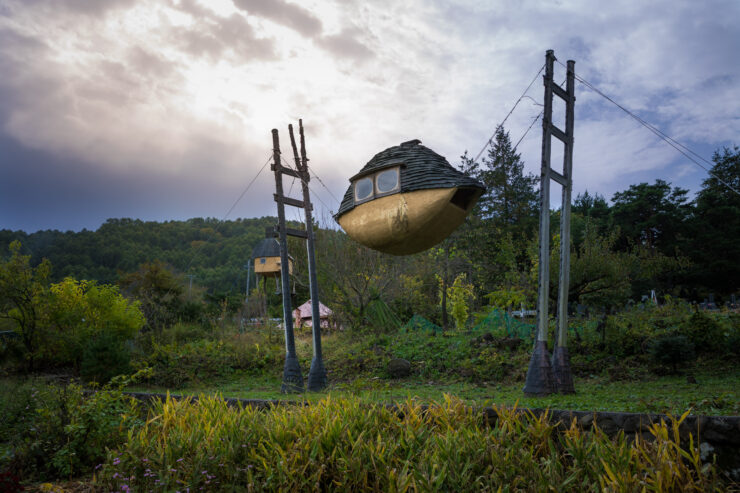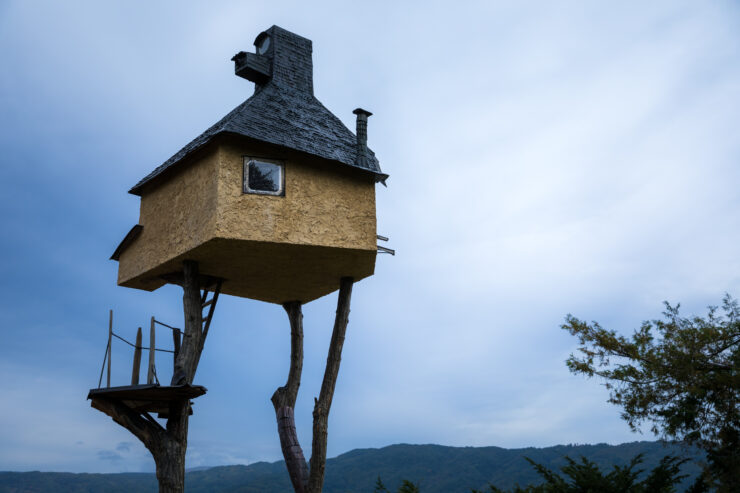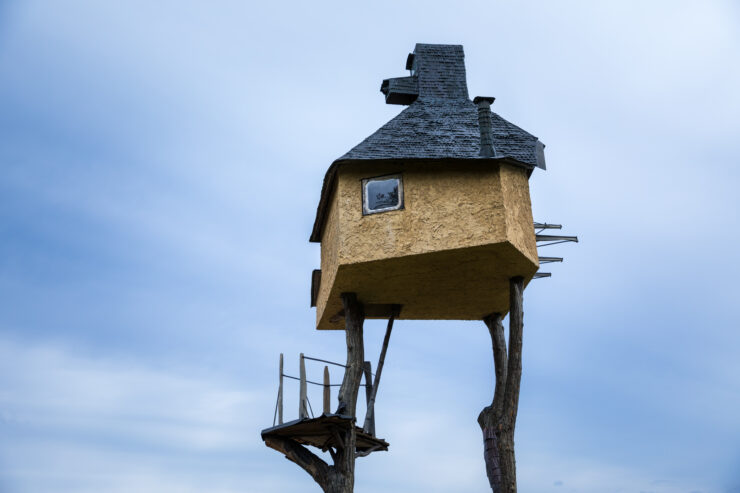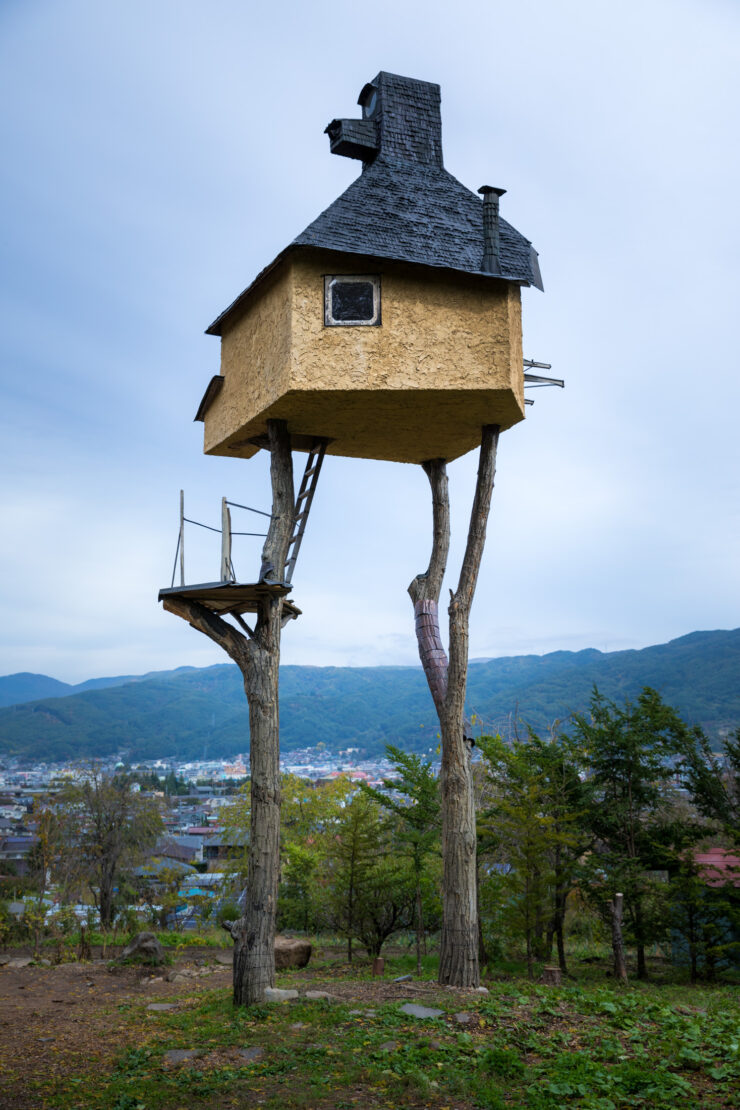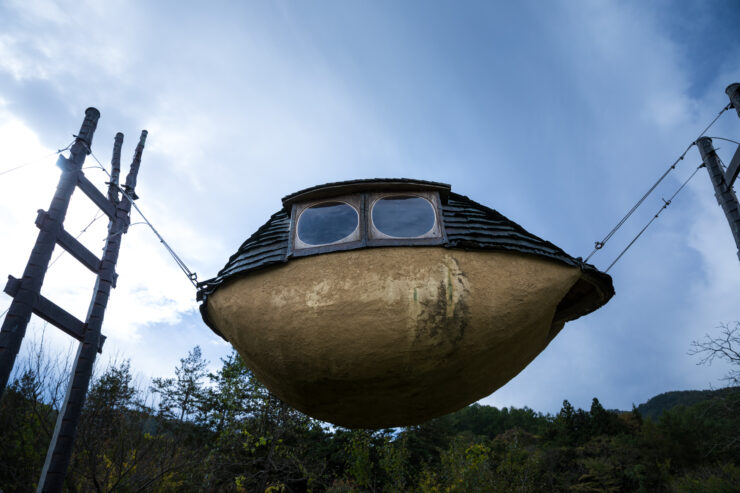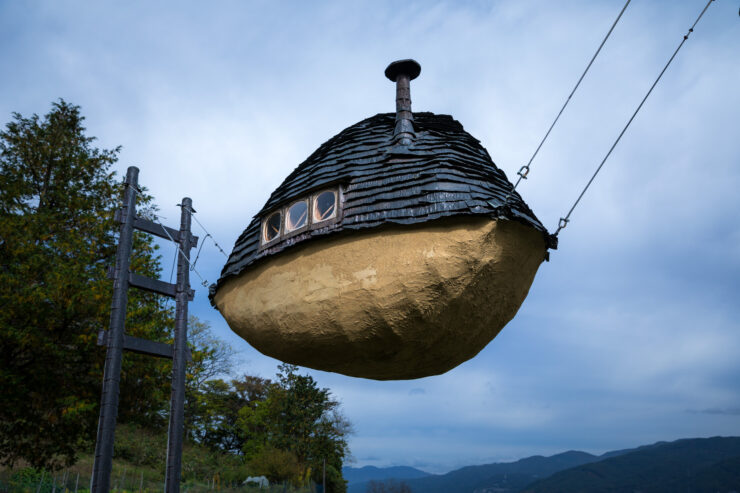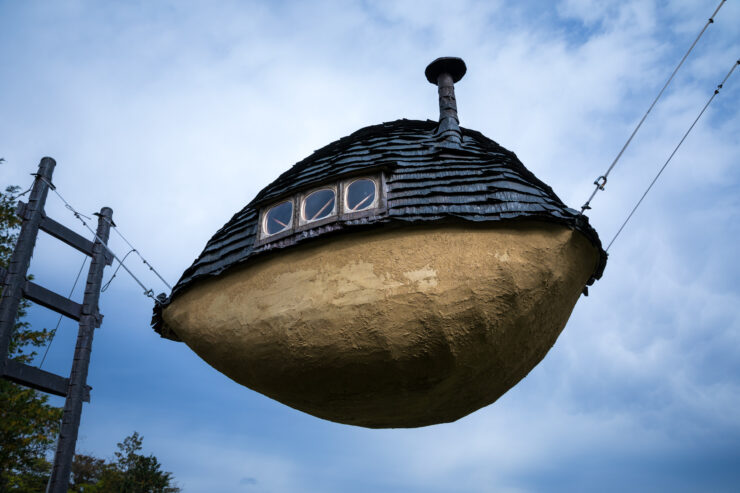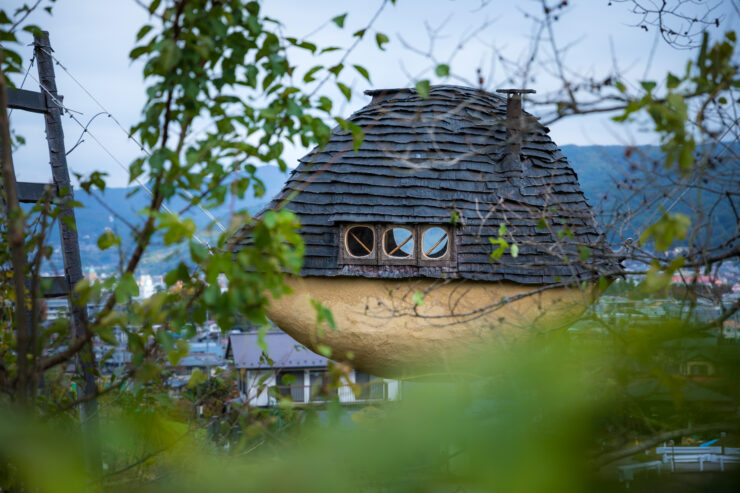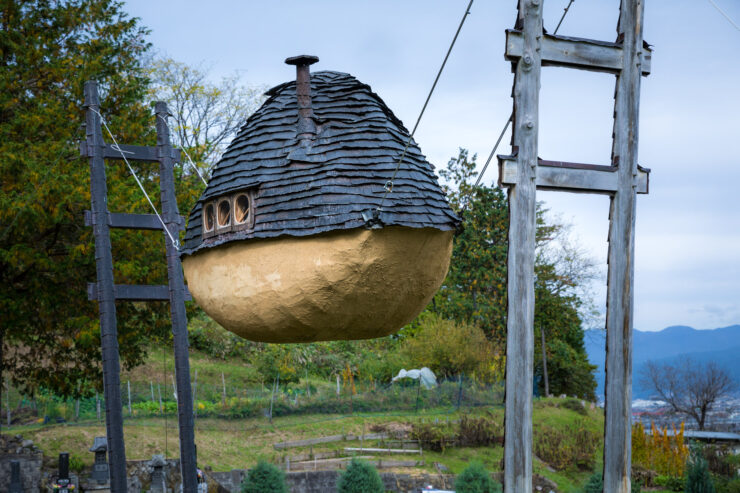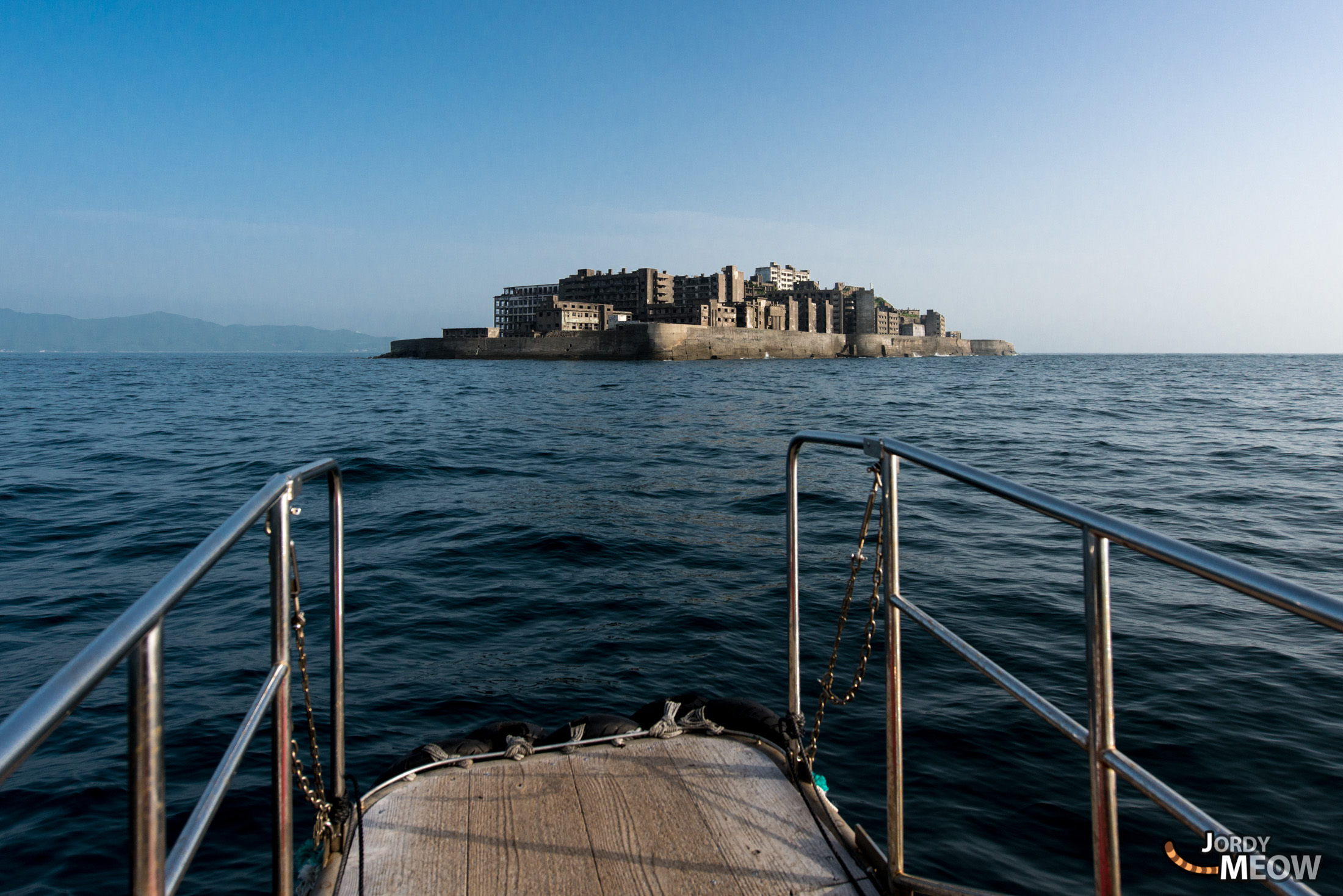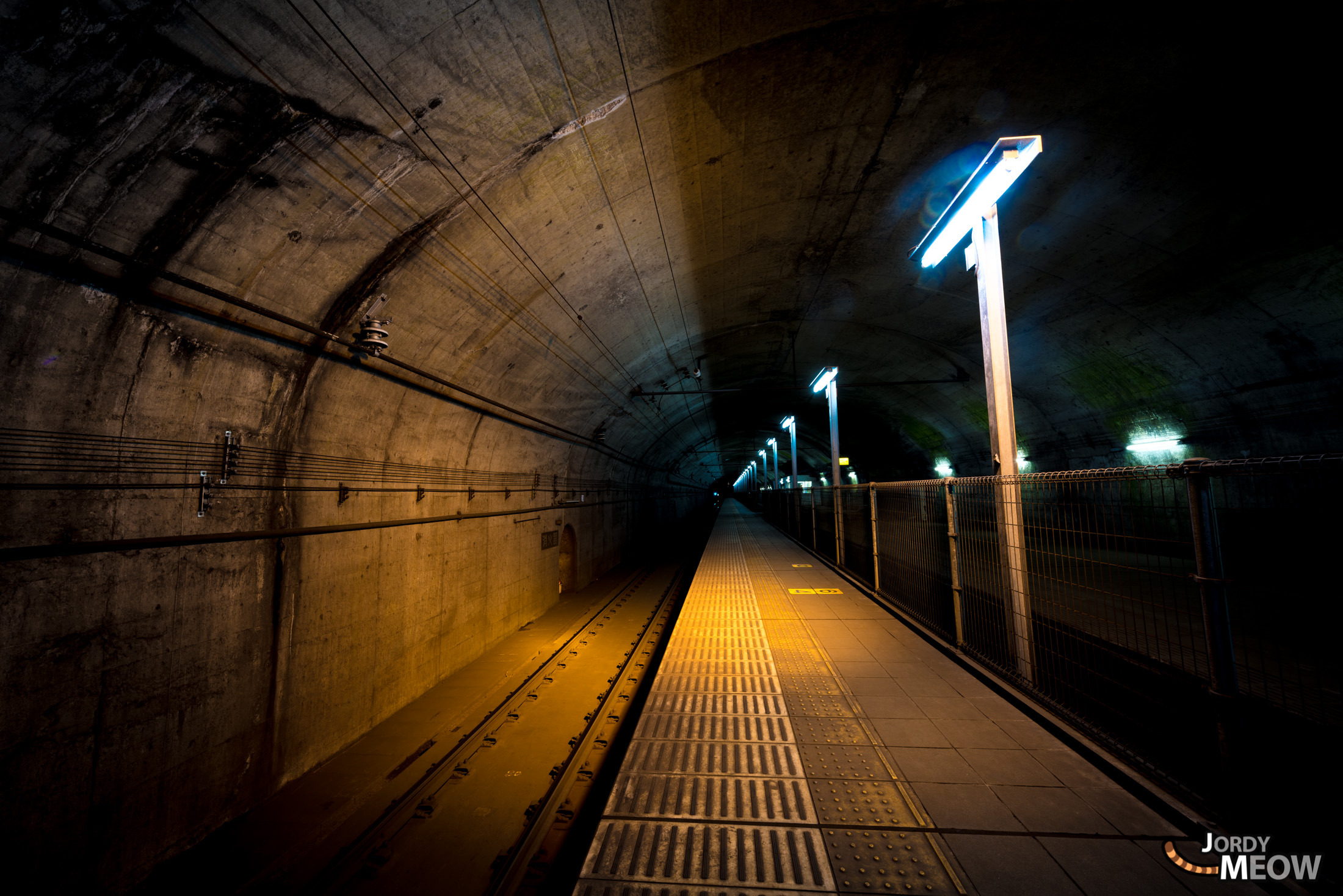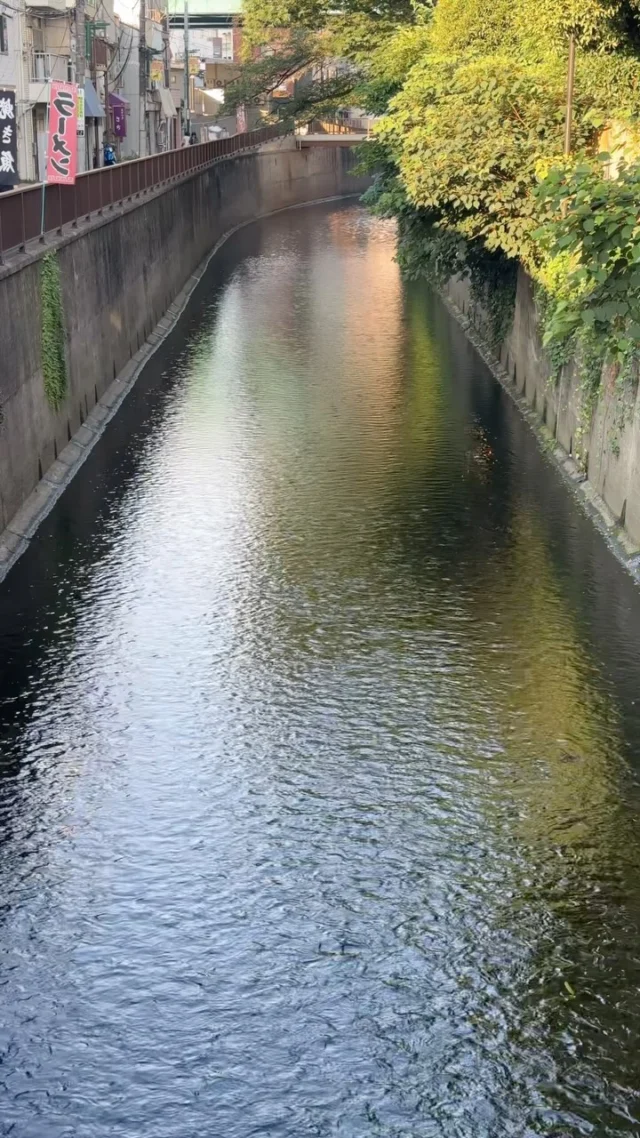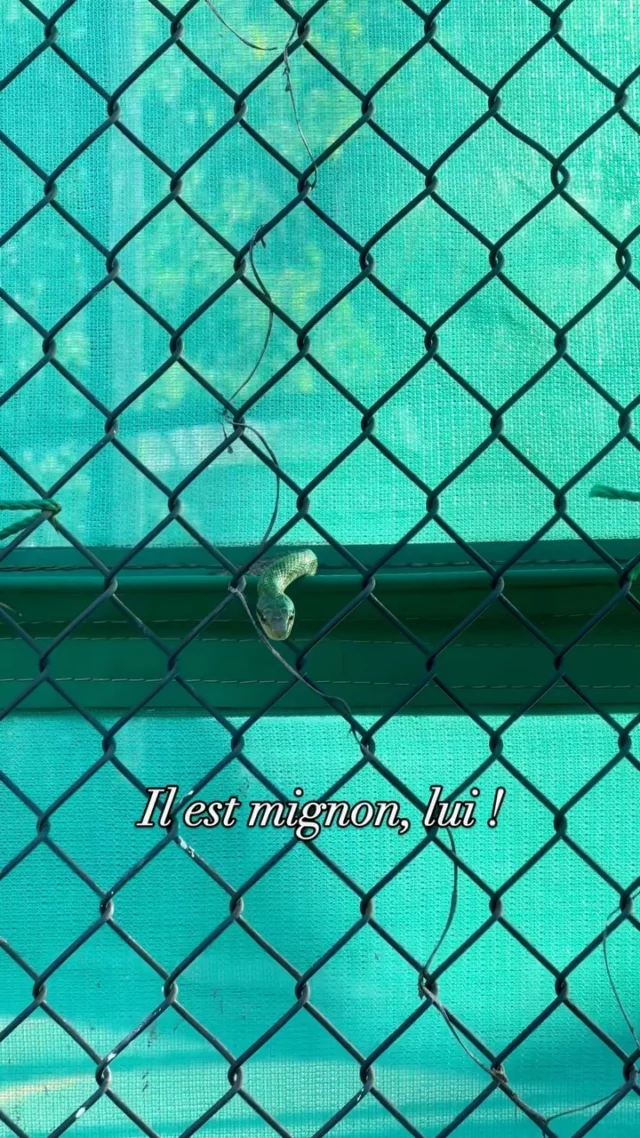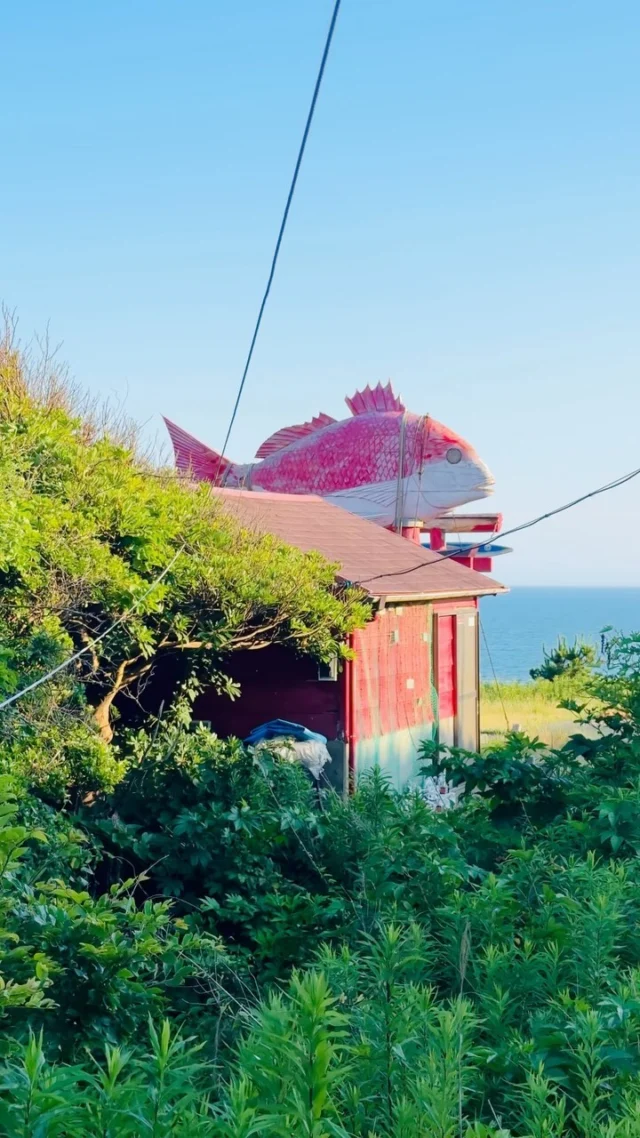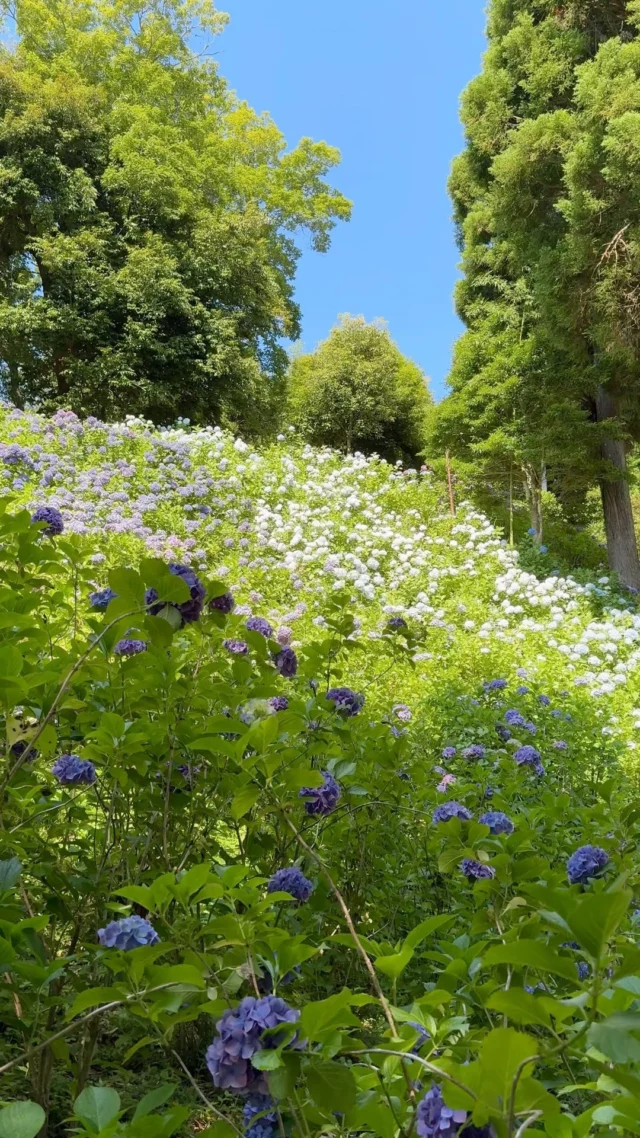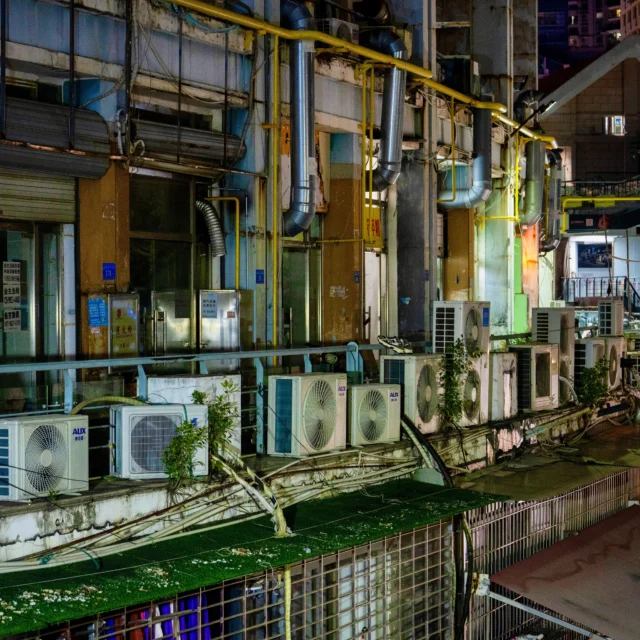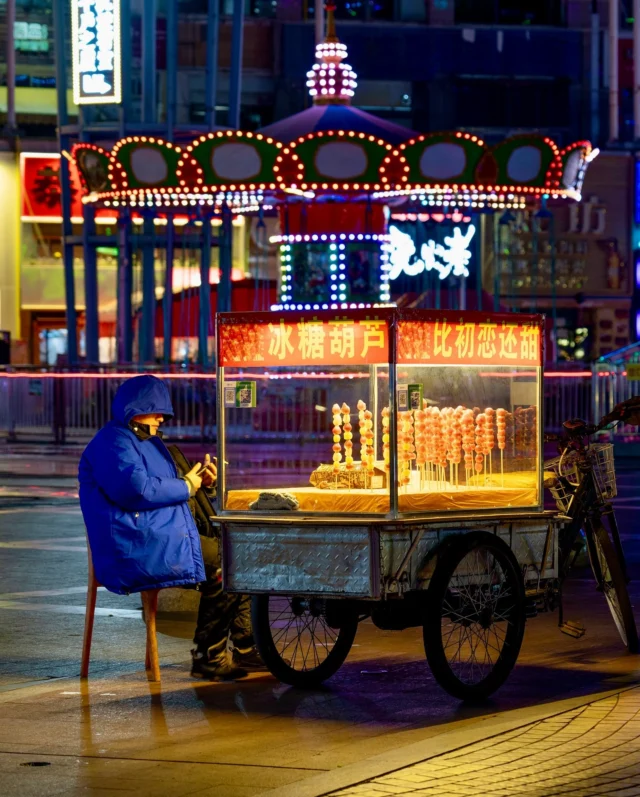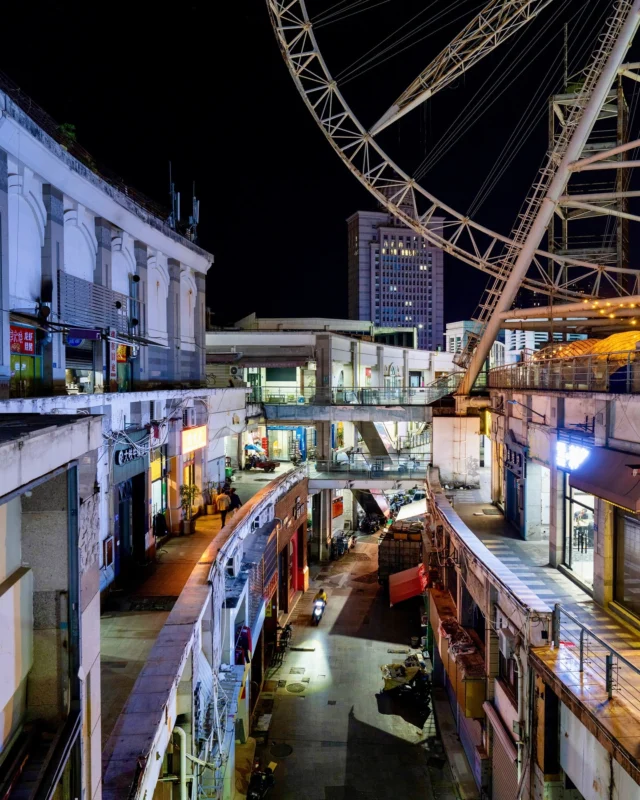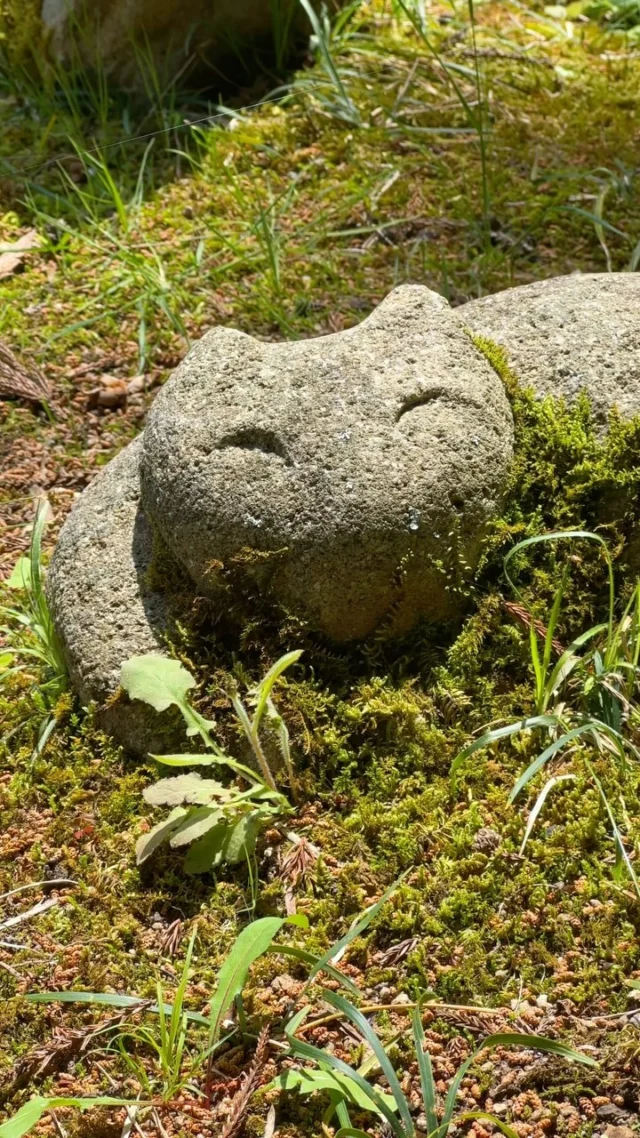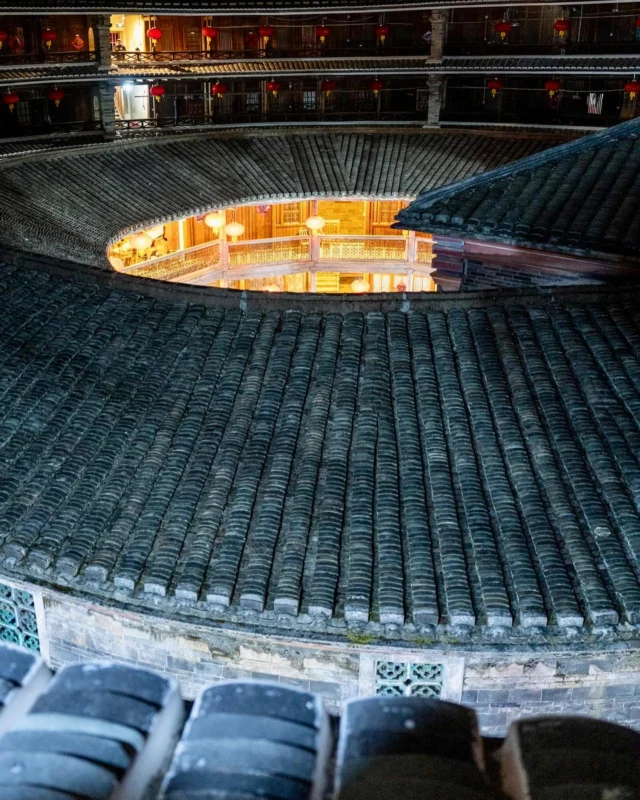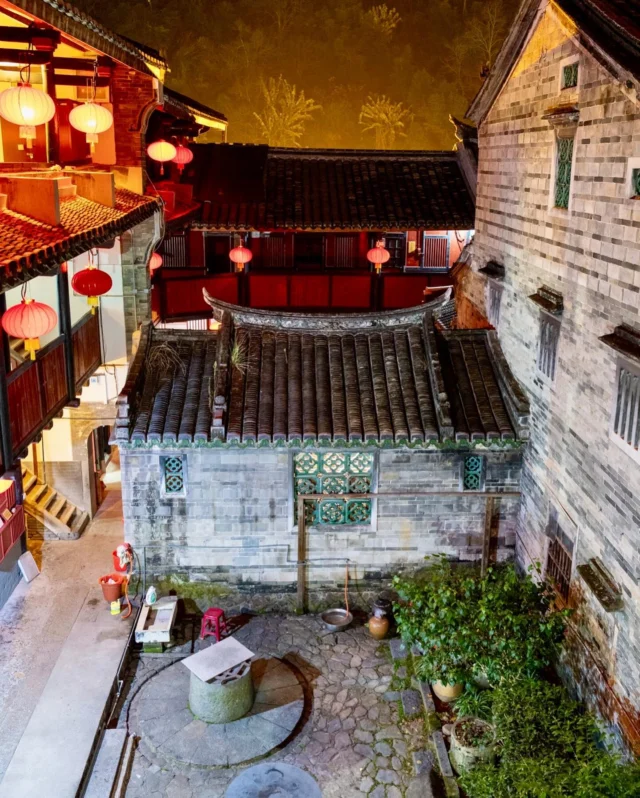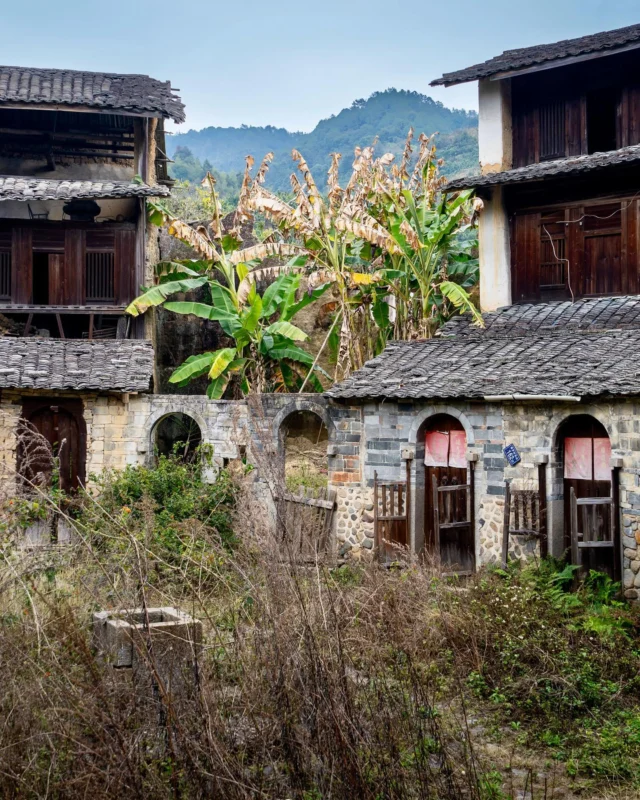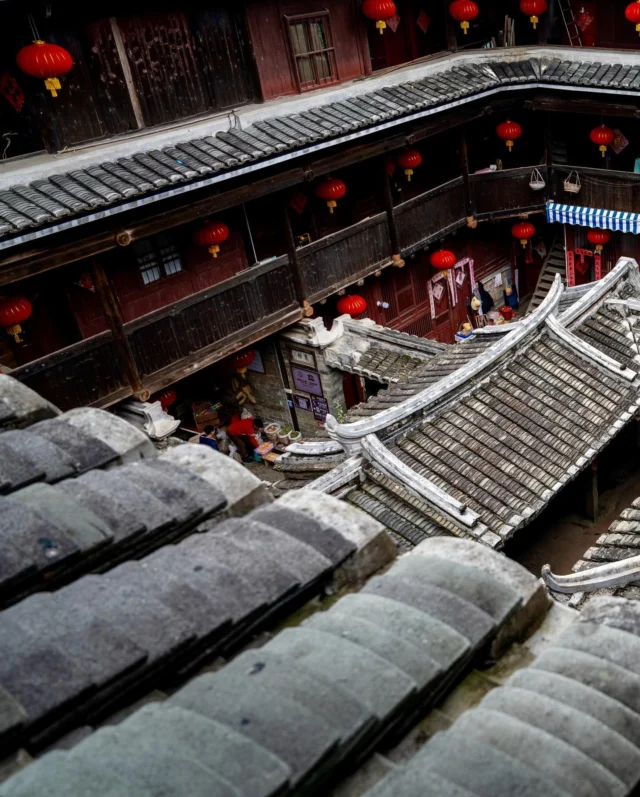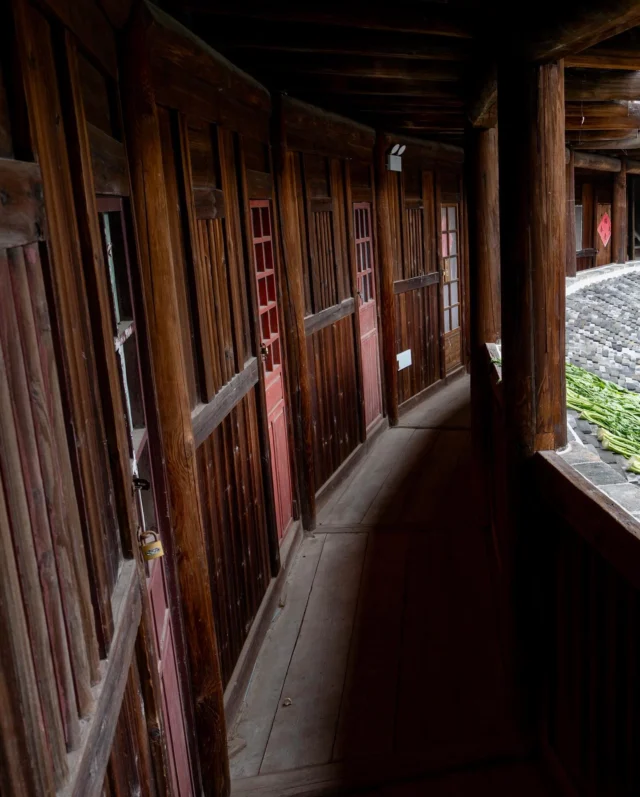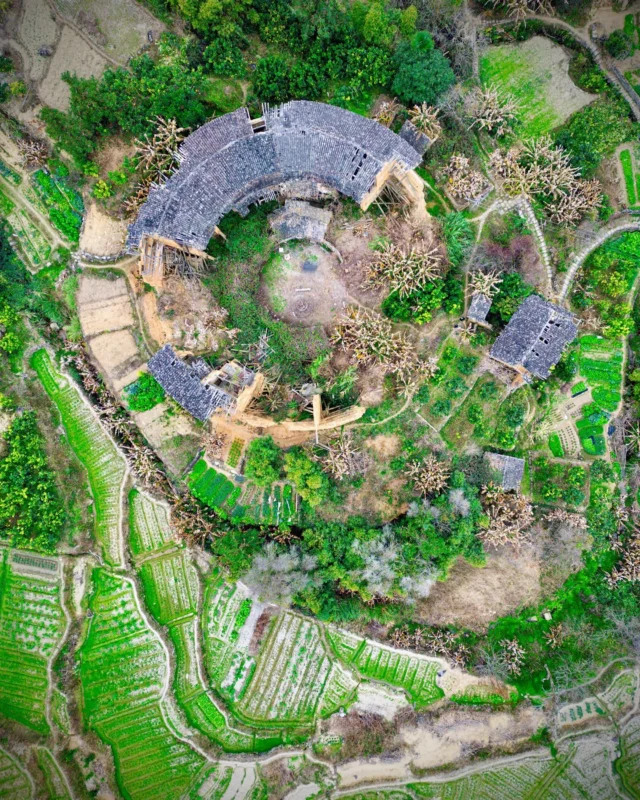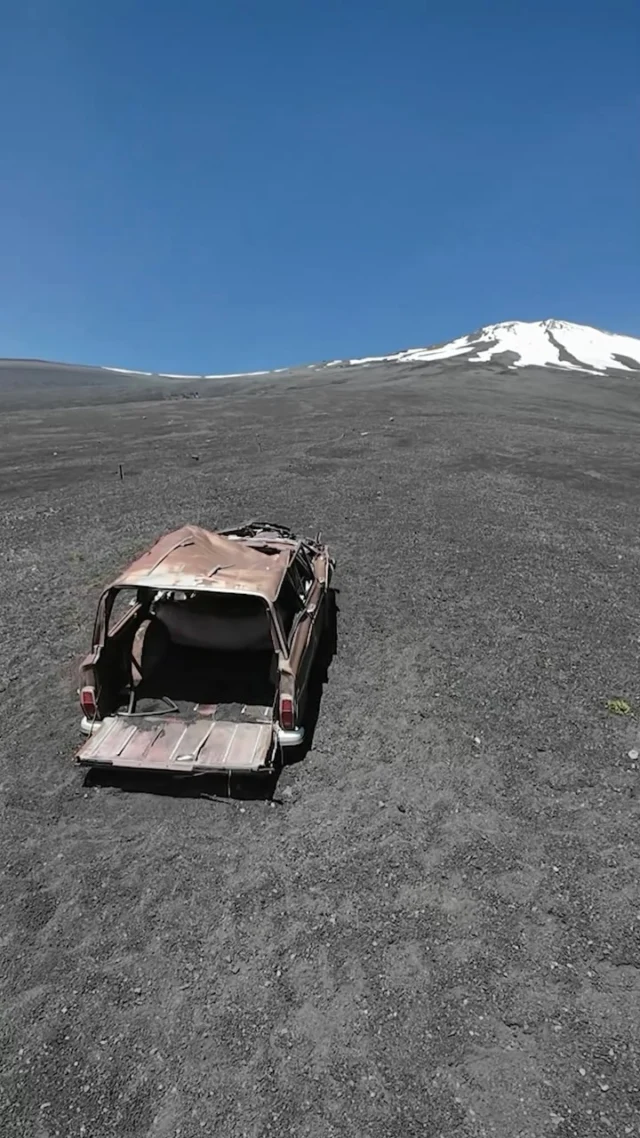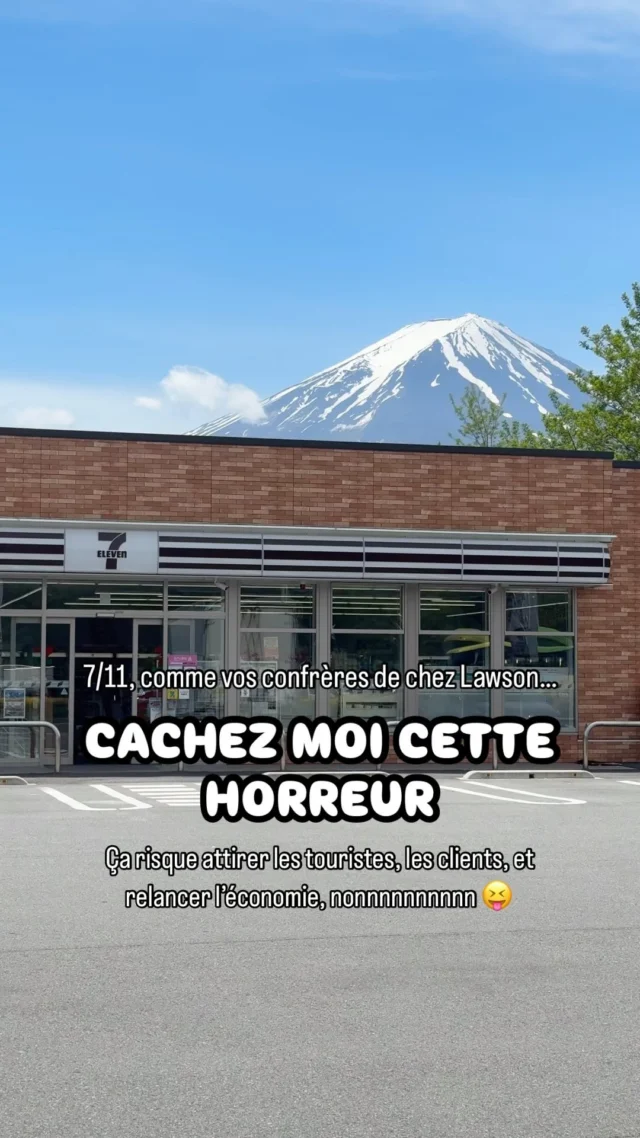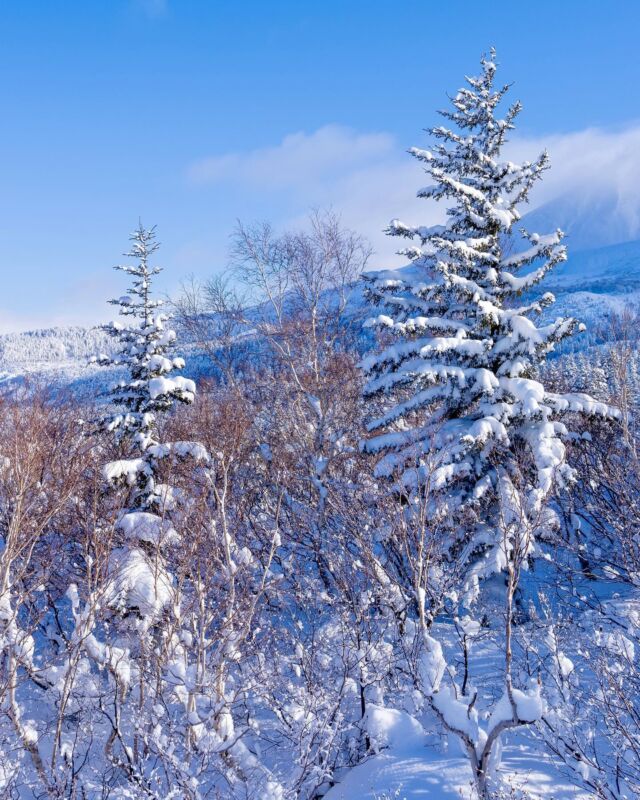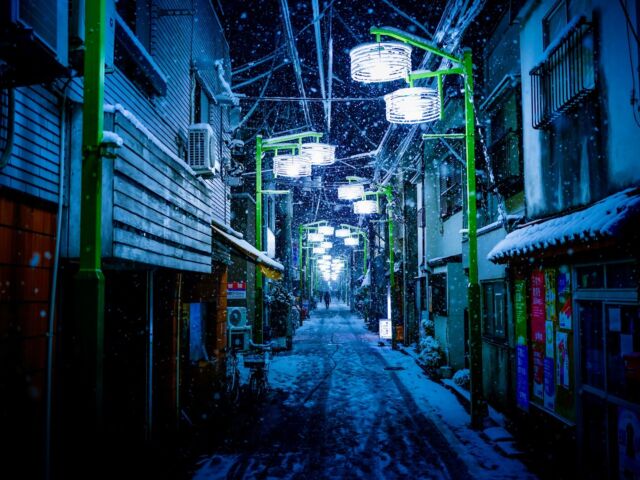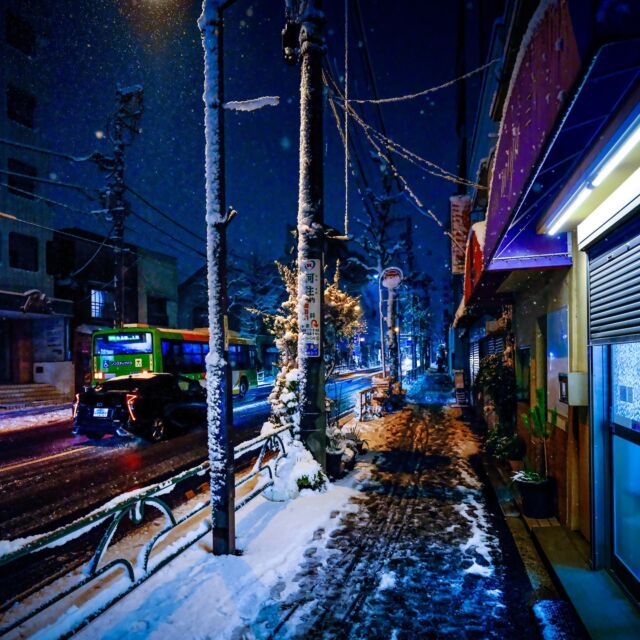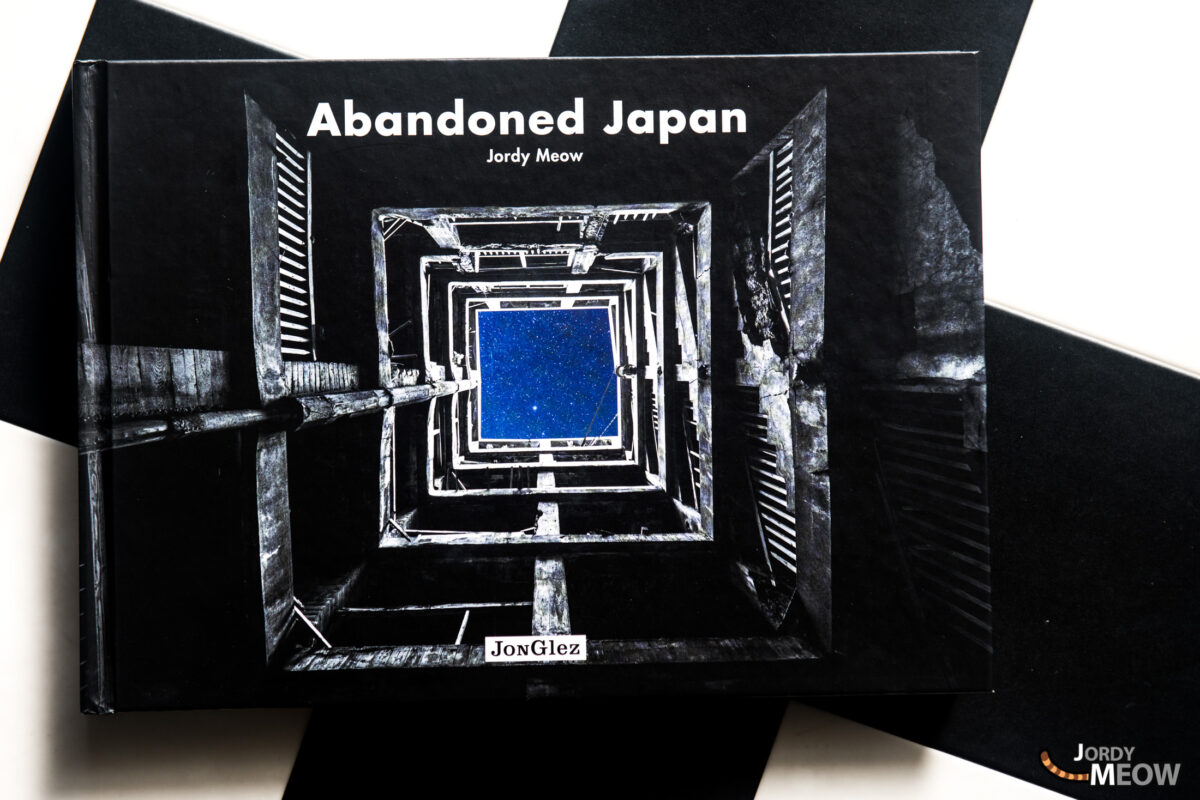In 1991, Fujimori was commissioned to create a small family museum: this was the (dazzling) beginning of his career as an architect. Kengo Kuma himself describes the façade of the building as “one of a kind that no one has ever seen before in modernism”.
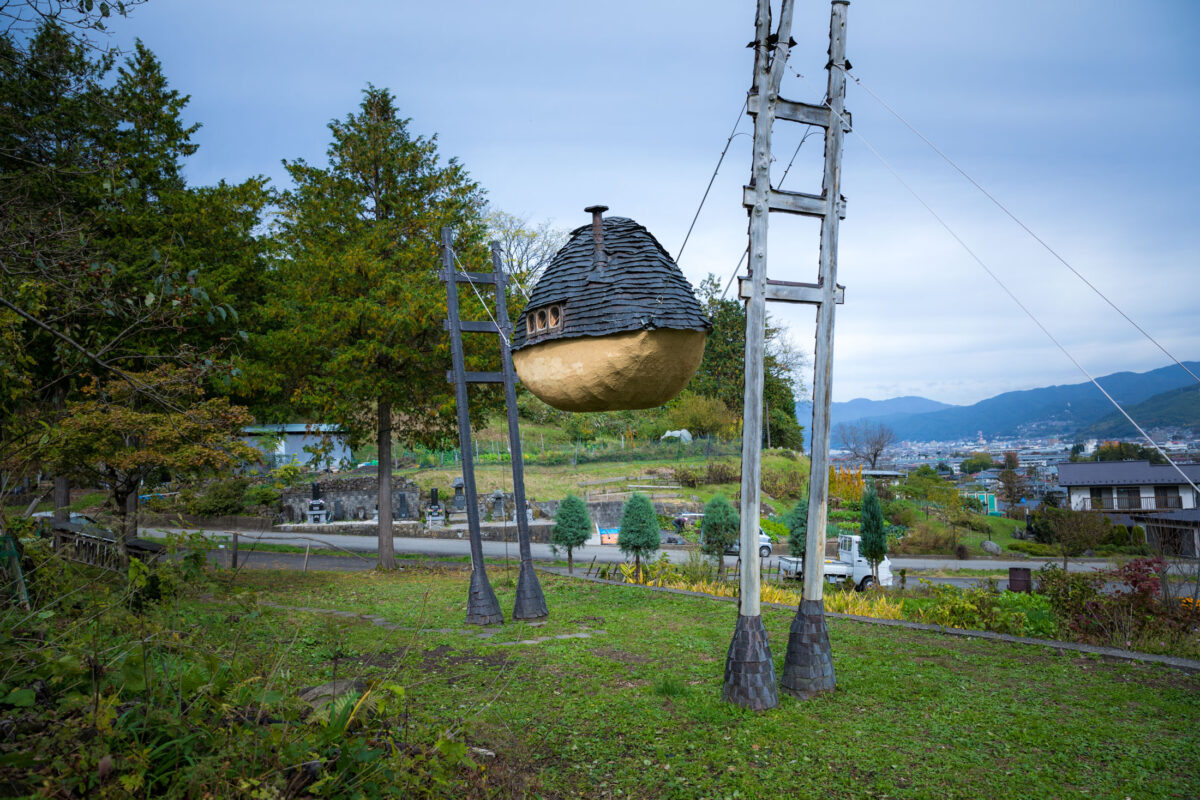
The architect’s eccentric and unique style is diametrically opposite to that of his contemporaries Ando Tadao and Ito Toyo, devotees of conceptualism and simplicity. Fujimori prefers tradition, natural elements and oddity blended with originality for his projects. In 2003 he began to design teahouses, which he reinvents in totally surprising forms.
Takasugi-an (高過庵)
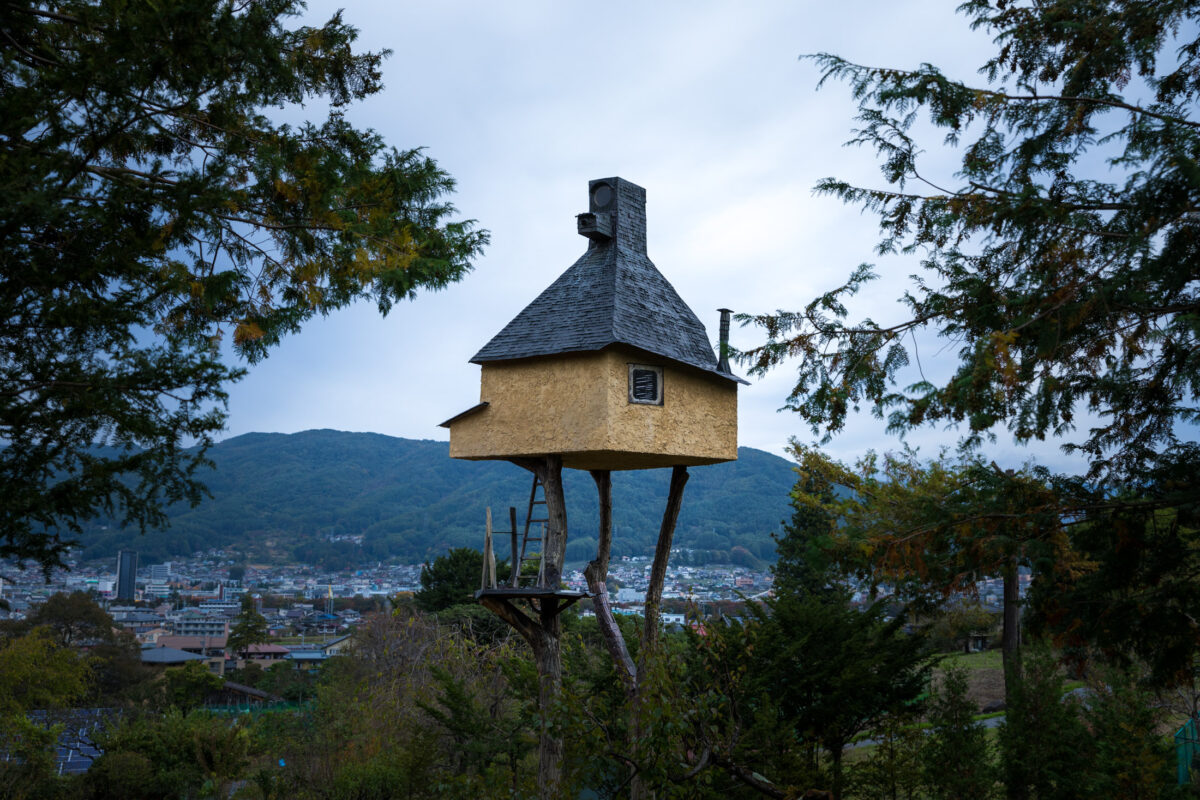
Fujimori had already built several experimental teahouses when he began to design his own house. Takasugi-an is perched at a height of 6 metres in his home town of Chino in Nagano prefecture. The name literally means “a house built too high”!
The little teahouse is accessible by two freestanding ladders cut from chestnut trees on the nearby mountain. As is customary in Japan, you remove your shoes halfway up, on a platform designed for that purpose.
True to Fujimori’s aesthetic, the building looks more like a treehouse than a teahouse. It’s built from mud plaster, with a copper roof. Inside, you can’t stand upright because of the reduced height, but the most spectacular thing about climbing up there is probably the uninterrupted view. This is the architect’s most famous teahouse, but remains the private property of its strange designer.
Flying Mud Boat (空飛ぶ泥舟)
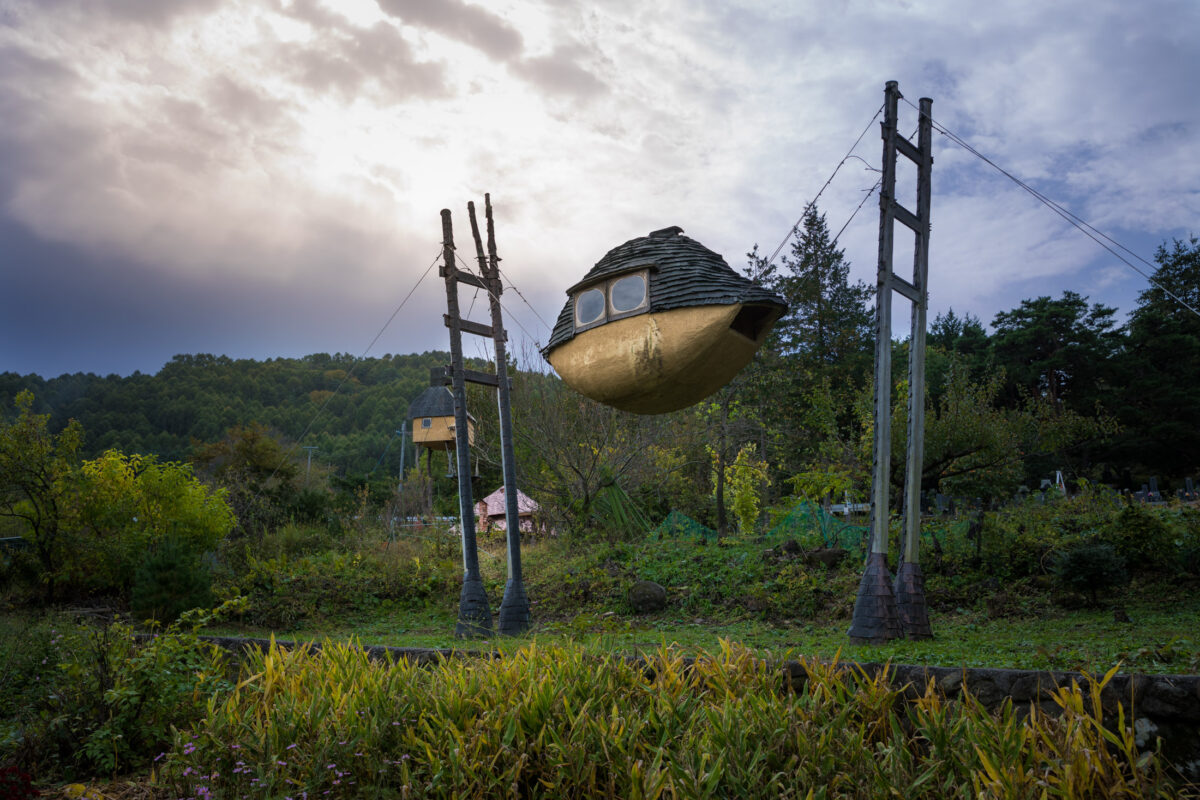
Flying Mud Boat is a teahouse designed for travelling. The idea is that it can be installed in any environment and any climate.
The exterior, reminiscent of a walnut shell, is made up of two halves. The upper part is a wood shingle roof. The lower part is made from mud plaster, the natural material dear to the architect. These two organic materials have very good thermal properties. The wooden interior and circular windows create a cosy and welcoming atmosphere.
Suspended by slender cables, the structure seems to float in the air, defying the laws of gravity.
Besides his personal Takasugi-an, the realization of La Collina Omi-Hachiman is undoubtedly Fujimori’s most daring and accomplished architectural project. Dating from 2015, this building for a confectionery brand seems to have come straight out of a Studio Ghibli anime.
The craftsmanship and imperfections of Fujimori’s creations lend them a typically eccentric character. They are inspired by ancient Japanese traditions and the harmonious union of the natural and the human. Fujimori’s meticulous work has inspired young architects, such as the two founders of the Bow-Wow workshop who are taking over the reins today.
And for more awesome content about Japan, follow Jordy Meow on Instagram ! 🎵

